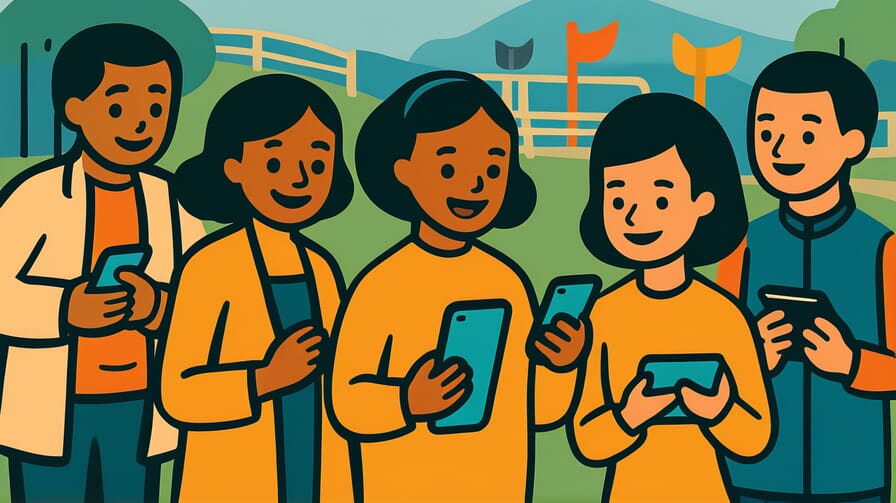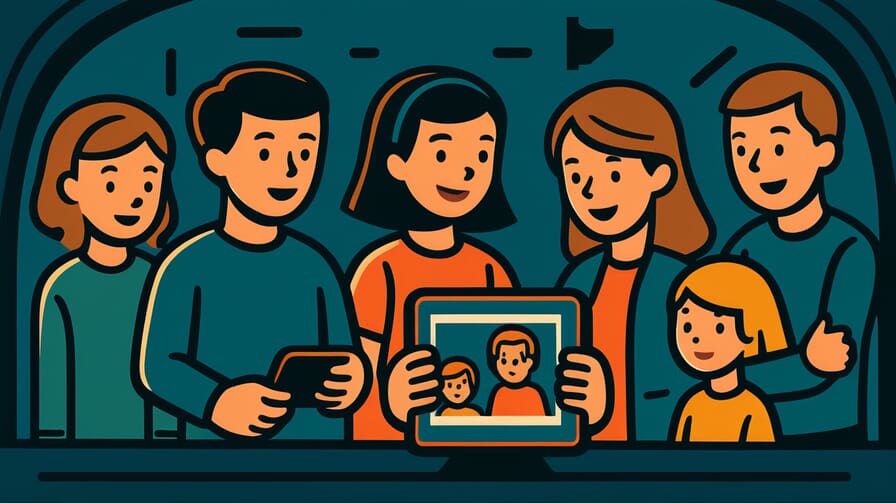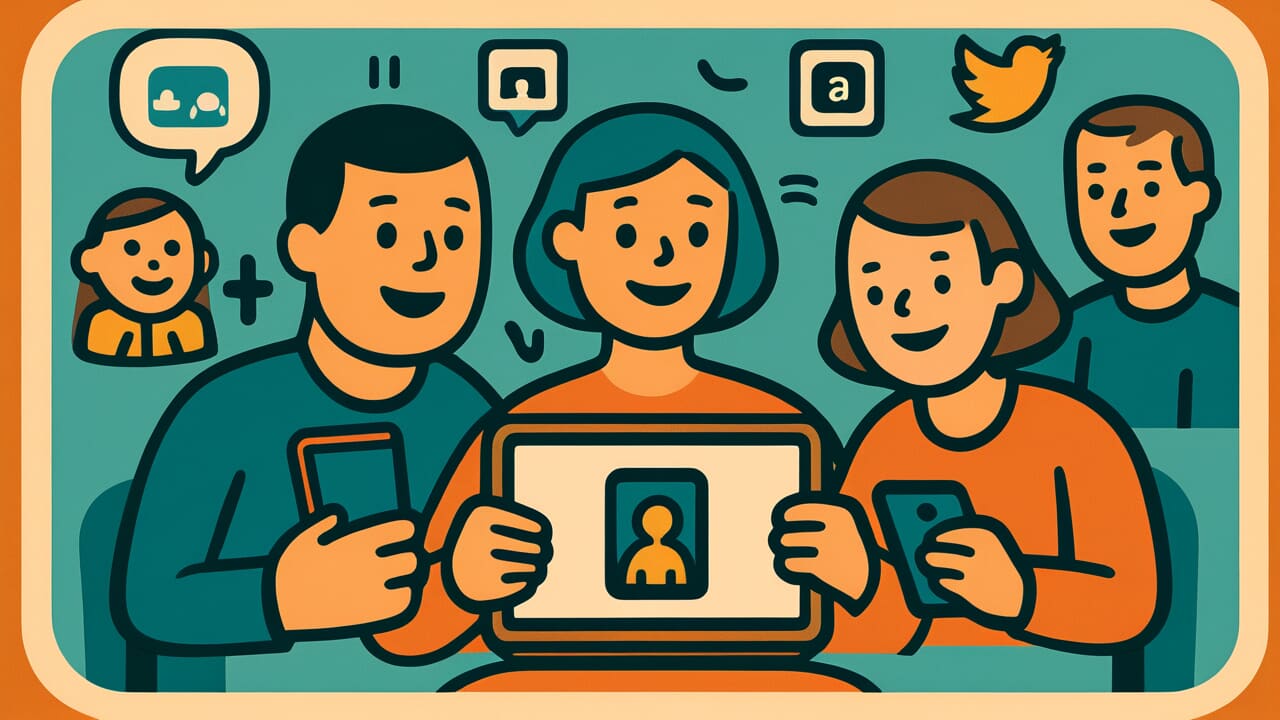[Disclaimer] This article is reconstructed based on information from external sources. Please verify the original source before referring to this content.
News Summary
The following content was published online. A translated summary is presented below. See the source for details.
The Australian government has announced new laws to protect children from social media dangers. YouTube will now be included in legislation restricting social media access for those under 16 years old. This move aims to shield young Australians during a crucial developmental stage, giving them more time to build real-world connections and online resilience. Social media platforms like Facebook, Instagram, Snapchat, TikTok, X, and YouTube will face fines up to $49.5 million for failing to prevent underage users. The new rules, set to take effect from December 10, 2025, exclude online gaming, messaging apps, and health and education services. Prime Minister Anthony Albanese emphasized the government’s commitment to supporting families and addressing the social harm caused by social media to children. Communications Minister Anika Wells stated that the legislation aims to give kids a break from social media’s influence while providing parents peace of mind.
Source: Australian PM Media Centre
Our Commentary
Background and Context

The Australian government’s decision to include YouTube in its social media age restriction laws is part of a broader global trend to protect children from online risks. This move comes amid growing concerns about the impact of social media on young people’s mental health, privacy, and overall well-being. The legislation builds on existing online safety measures and reflects a shift towards more stringent regulation of tech platforms.
Expert Analysis
This new law represents a significant step in digital child protection, potentially setting a precedent for other countries. However, its implementation and enforcement may face challenges.
Key points:
- The inclusion of YouTube broadens the scope of platforms considered “social media,” which could impact how similar services are regulated in the future.
- The high fines for non-compliance indicate the government’s serious stance on enforcement, but may lead to debates about platform responsibility versus parental oversight.
- Excluding certain services like online gaming and messaging apps highlights the complexity of defining and regulating different types of online interactions.
Additional Data and Fact Reinforcement
To understand the potential impact of this legislation, consider these facts:
- According to the Australian eSafety Commissioner, 57% of Australian children aged 8-13 regularly use social media.
- A 2021 study found that 15.6% of Australian children aged 10-15 had experienced cyberbullying in the past year.
- The World Health Organization recommends no more than one hour of screen time daily for children under 5, highlighting global concerns about early digital exposure.
Related News
This Australian legislation aligns with similar efforts worldwide. The UK’s Online Safety Bill and the EU’s Digital Services Act also aim to enhance online protections for minors. These global initiatives reflect a growing consensus on the need to regulate digital platforms to safeguard young users.
Summary

Australia’s new social media age restriction law, including YouTube, marks a significant shift in how governments approach online child safety. While it presents implementation challenges, it underscores the growing recognition of social media’s impact on youth development and mental health. As this law takes effect, its success and potential global influence will be closely watched by policymakers, tech companies, and child welfare advocates alike.
Public Reaction
Initial public response has been mixed. Many parents and child safety advocates have welcomed the move, seeing it as a necessary step to protect children. However, some critics argue that it may be difficult to enforce and could potentially infringe on young people’s rights to access information and express themselves online. Tech companies have expressed concerns about the practicalities of age verification and the potential impact on their services.
Frequently Asked Questions
Q: How will age verification be implemented?
A: The specific methods of age verification have not been detailed yet, but they may include ID checks or other forms of digital identity verification.
Q: Will this affect children’s access to educational content on YouTube?
A: The government has stated that educational services are excluded, but the exact implementation for platforms like YouTube, which host both entertainment and educational content, remains to be clarified.
Q: Can parents override these restrictions?
A: The current announcement does not mention parental override options. More details on implementation are expected as the 2025 start date approaches.


